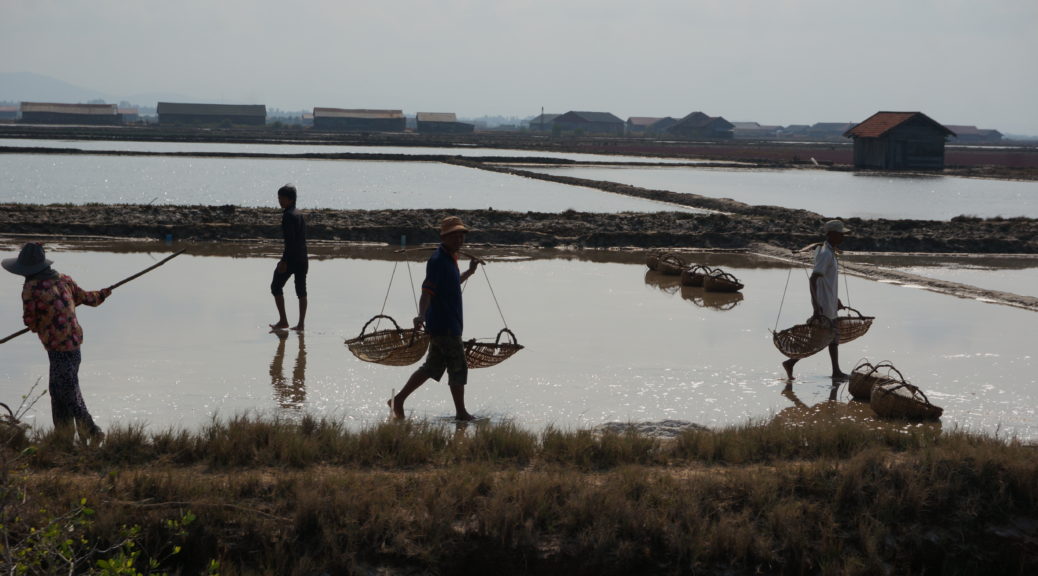Our digs in Sihanoukville were a bit on the rough side. We had the second story of a two-story wooden house, and our apartment was comprised of a deck overlooking the jungle, a simple, bare kitchen, a bathroom, and two wood-walled bedrooms.
Each of the bedrooms had a single door onto the deck, as did the kitchen, and each door could be locked from within with a deadbolt or from the outside with a padlock. This meant we had to padlock Braeden in his room every night, which didn’t make us happy. The bedroom doors were also very gappy, which let in bugs, and Braeden in particular suffered numerous mosquito bites. Given the nature of mosquito-borne illnesses in Southeast Asia, this didn’t make us too chipper either.
The first floor was inhabited, normally, by an English-speaking Ukranian family with a 5-year-old daughter, and we were looking forward to meeting them and having a potential playmate for Braeden for a week. However, the family was on vacation and in their stead were Yuri and Tania, the little girl’s grandparents.
Falling in Love with Chiang Mai
They were sweet, thoughtful, and delightful people, and they unfortunately spoke about 10 words more of English than I do Ukrainian.
(I speak – or spoke – zero Ukrainian. Thanks to Google Translate I now speak a few words. Anyway, you get the idea. It was tough to communicate.)
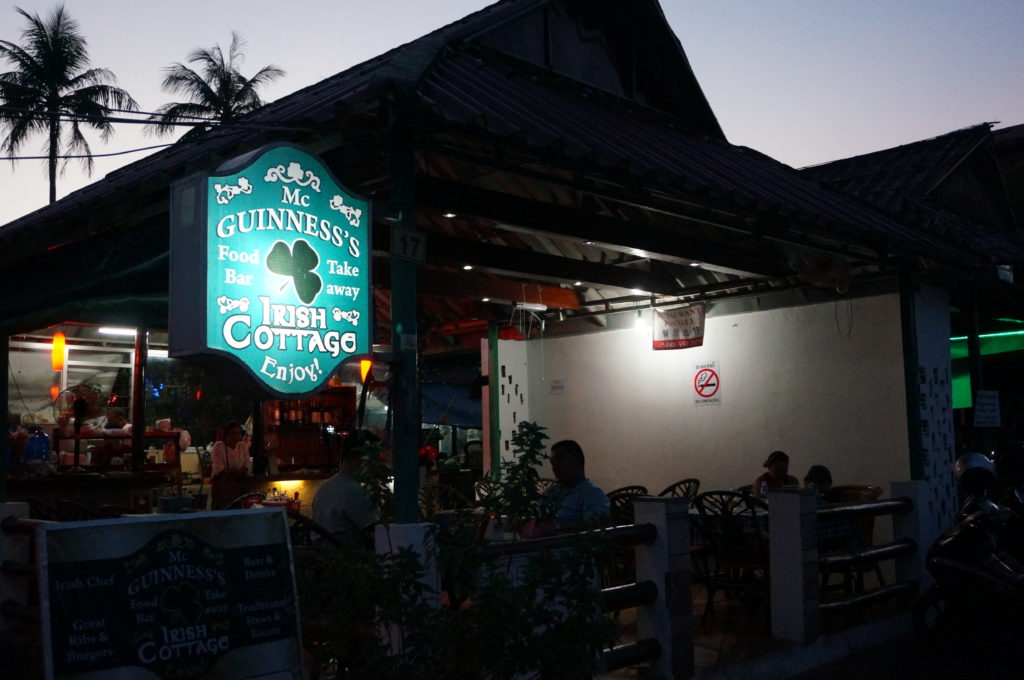
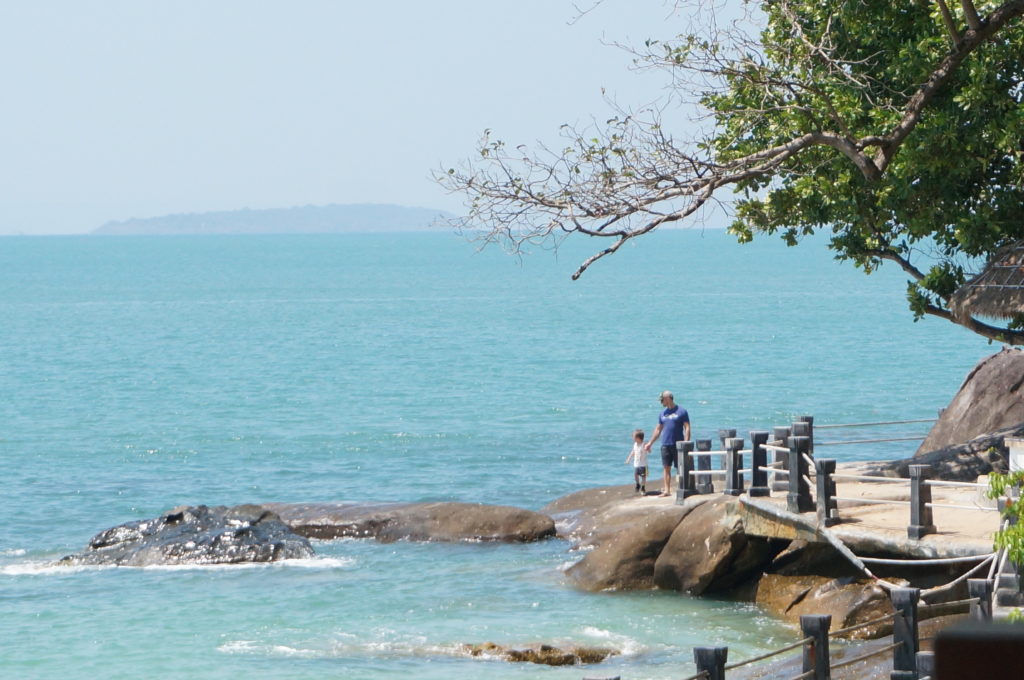
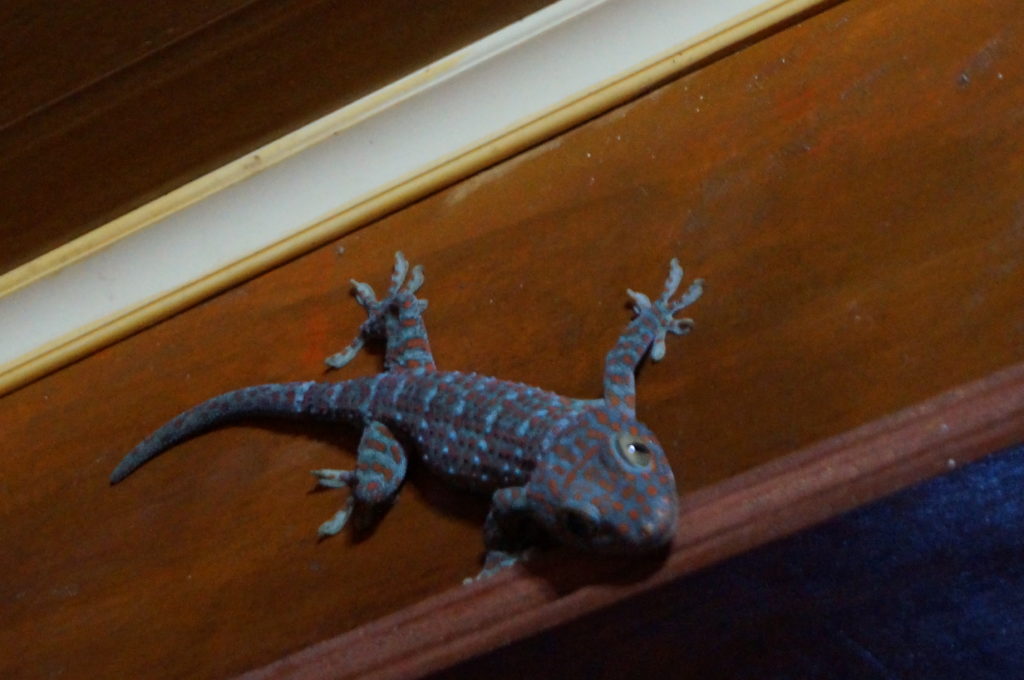
So our accommodations weren’t perfect, and we’d soon learn that Sihanoukville just wasn’t our type of place. We got around on a little Honda scooter provided by our hosts (yep, with all three of us piled on it Southeast Asia-style…child safety seat be damned) and we quickly noticed that two things were pretty much everywhere: litter and prostitutes.
The sex trade in Southeast Asia is bad anyway, but in Sihanoukville it seemed to be the town’s main reason for being. Girly bars were everywhere, and sitting at a restaurant to people watch generally meant watching the prostitutes go by, much of the time with their young kids in tow.
It wasn’t long before we started calling the place “Hookerville”, and we still do to this day.
Just as with prostitution, we had seen litter throughout SE Asia, but in Sihanoukville they took littering to competitive levels. Some dirt roads running through small neighborhoods looked like they had been deliberately paved with flattened plastic water bottles. Huge heaps of plastic bags filled with refuse dotted the sides of roads everywhere, as if everyone had agreed that “outside” was an acceptable place to dump your garbage.
Creeks running with sickly gray, fetid-smelling water were choked with debris, and we heard from locals and expats alike that during the wet season the rains would flood the creeks and flush all the waste to the ocean, where it would then pile up on the beaches.
After the very first day Juliann and I agreed that if we needed out, we would leave Hookerville and go somewhere else. We stayed, though, because by now we’ve learned that we can deal with pretty much anything for a week, or two, or four, and we also found some silver linings in Sihanoukville.
We met a delightful fellow who ran the Irish Cottage restaurant and made incredible ribs. Tania served us an amazing, delicious breakfast every morning (I didn’t know Ukrainians ate chicken and chocolate cake for breakfast, but we went with the flow). We spent time visiting the Independence Hotel, a very nice resort with a great beach, excellent food, and (with the exception of one very grouchy towel girl) fantastic service.
We spent a day touring the town and the countryside with Fun Buggys, a dune buggy tour company run by an English couple. They shared a couple of cold beers with us afterwards and regaled us with stories about expat living in Cambodia.
Most of all, we kicked it on our deck and spent time together as a family. I did business-related stuff, Juliann read, and Braeden worked on his drawings while we listened to the sounds of the jungle drifting over the rows of banana trees.
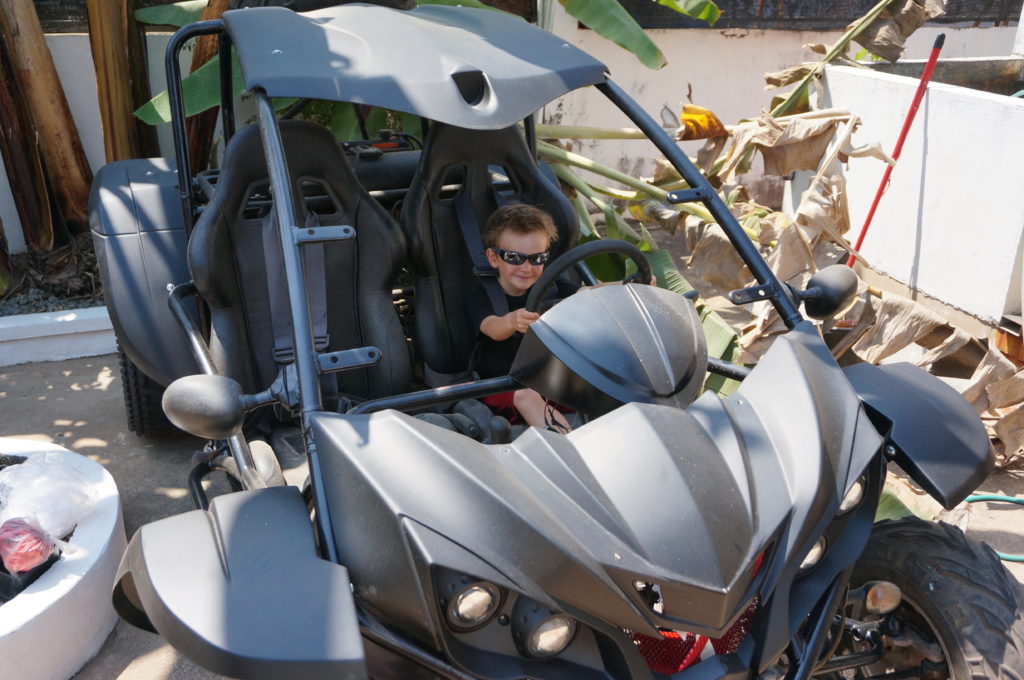
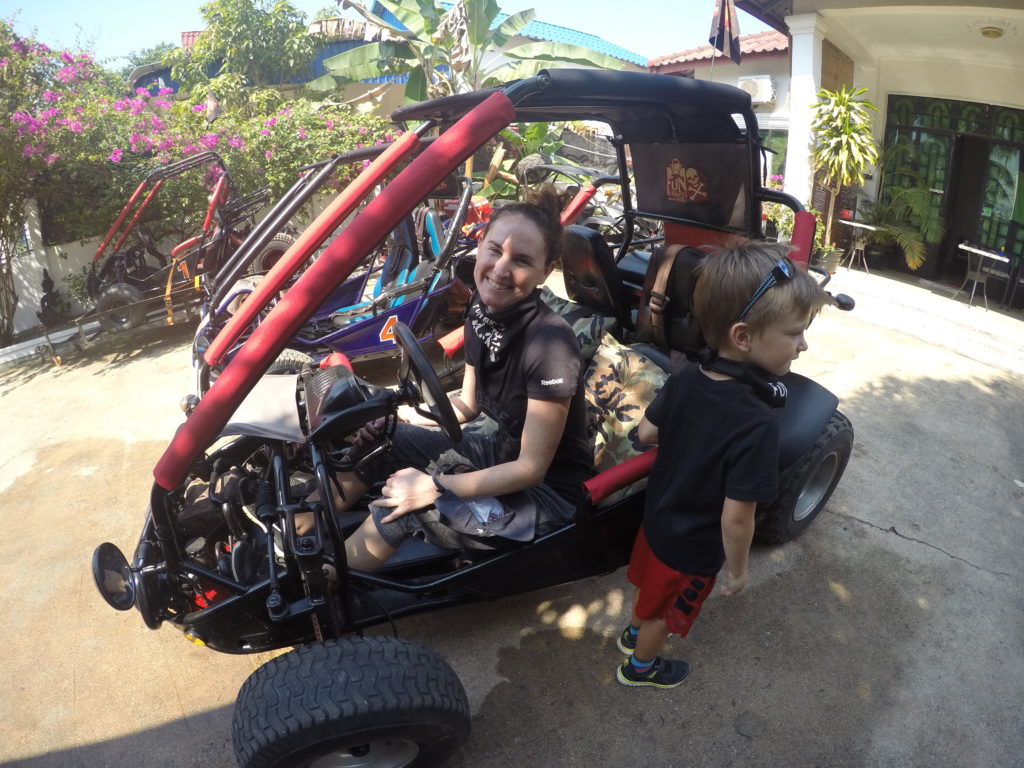
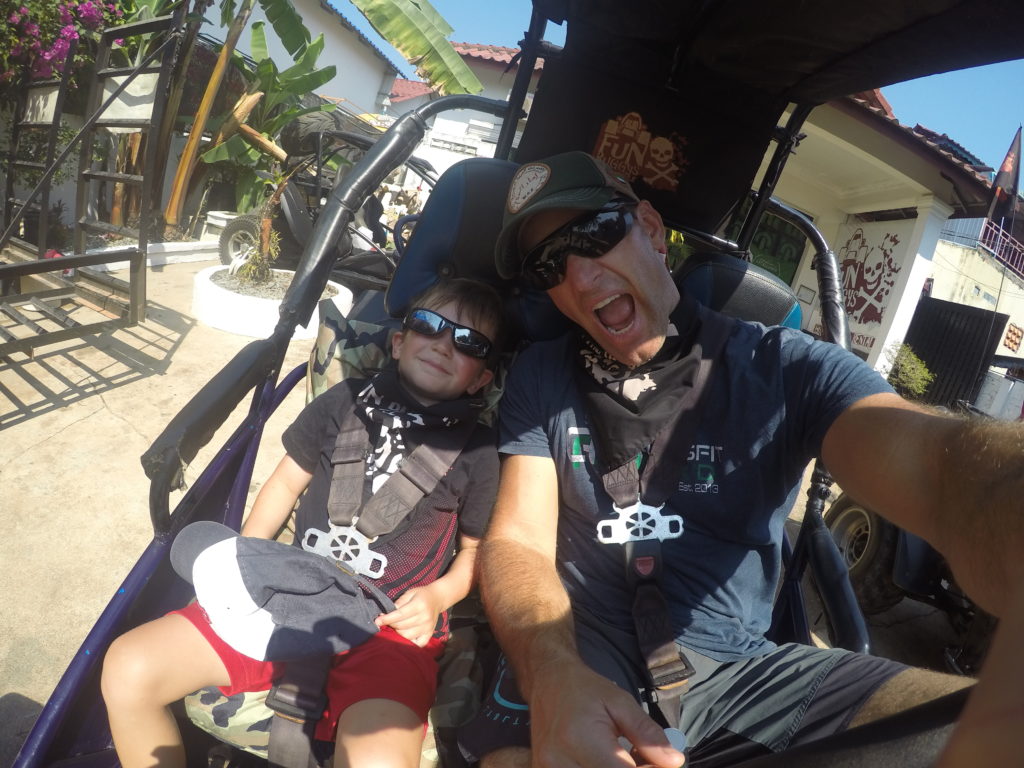
Kampot
It was a Friday when we left Sihanoukville by taxi for our 2-hour trip to Kampot, where we had decided we would spend 5 days. The drive through the Cambodian countryside was lovely, and we arrived a little after noon at Riki Tiki Tavi, a hotel that Juliann had found.
The staff at Riki Tiki whisked us upstairs to the river view restaurant and lounge to give us cooling welcome drinks and check us in. At 11 rooms, the hotel was small, but it was the best-run small hotel we’ve ever experienced.
The restaurant was beautiful, comfortable, and well-stocked with games for guests to while away a hot afternoon. The food was delicious. The staff was among the best trained and friendliest we’ve ever met. Our room was gorgeous, spacious, and tastefully decorated, and the entire place ran like a Swiss watch.
Hiking La Pouce with Hurricane Matthew and the Joyous Genius
One of the managers, Pat, would pick up Braeden every time we walked by and swing him around until they were both laughing hysterically. Denise, the Dutch owner (with her English husband) spent hours with us chatting in the restaurant over way too many cocktails, sharing stories and travel advice.
We felt at home at Riki Tiki Tavi, and we loved it there. The town of Kampot itself was small, walkable, and very peaceful. The riverfront was lined with shops, bars, and restaurants. We had a few wonderful meals at Veronica’s Kitchen and stopped for freshly-made donuts more than once at the Kampot Pie and Ice Cream Palace.
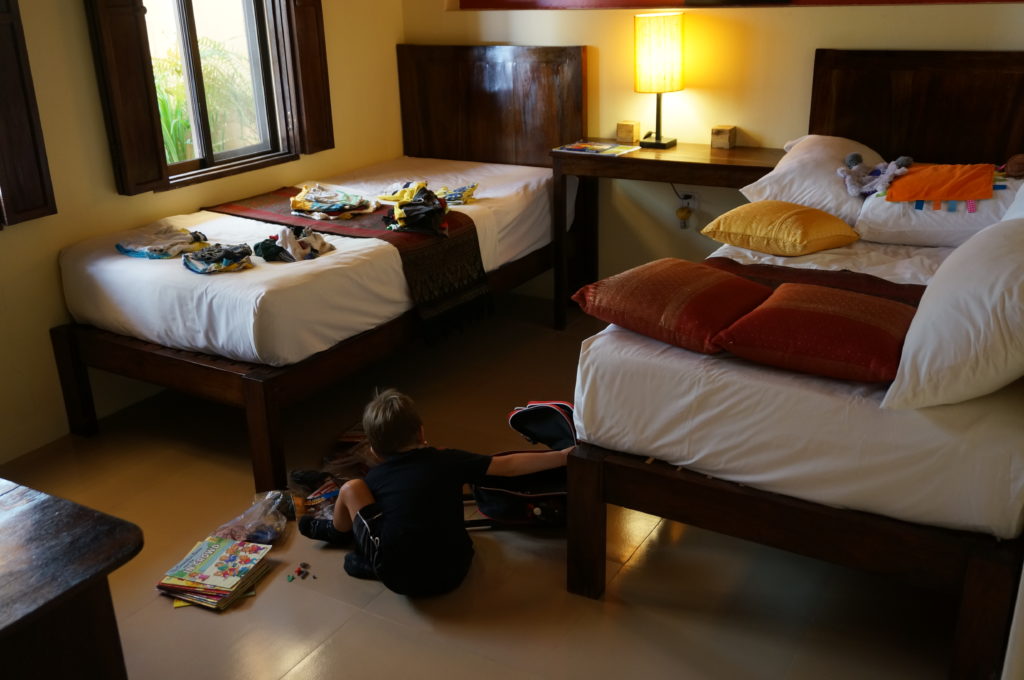
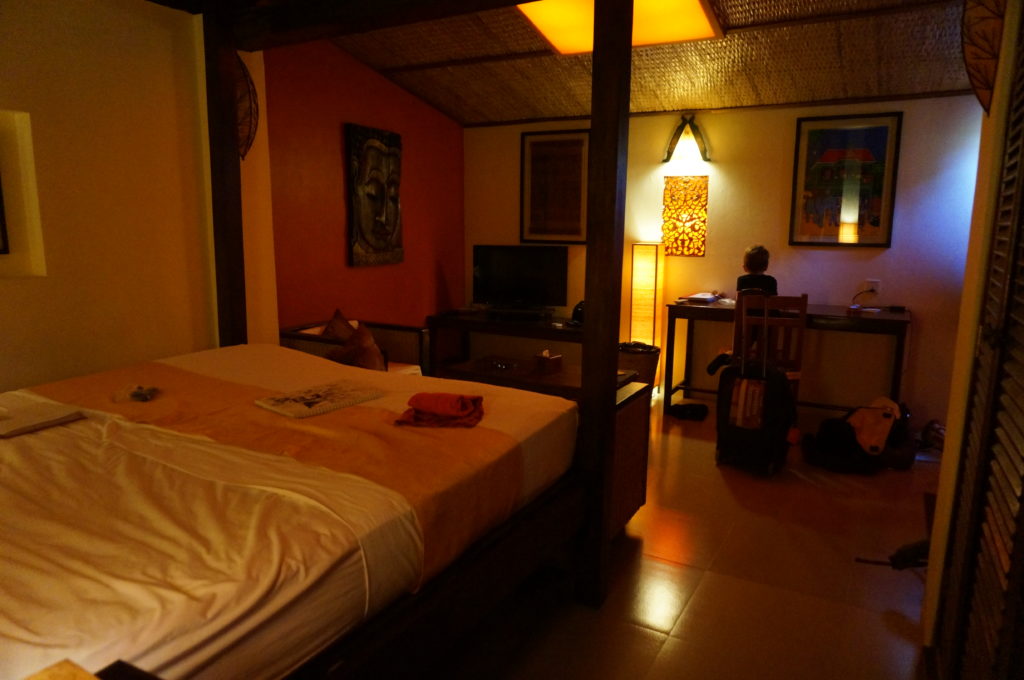

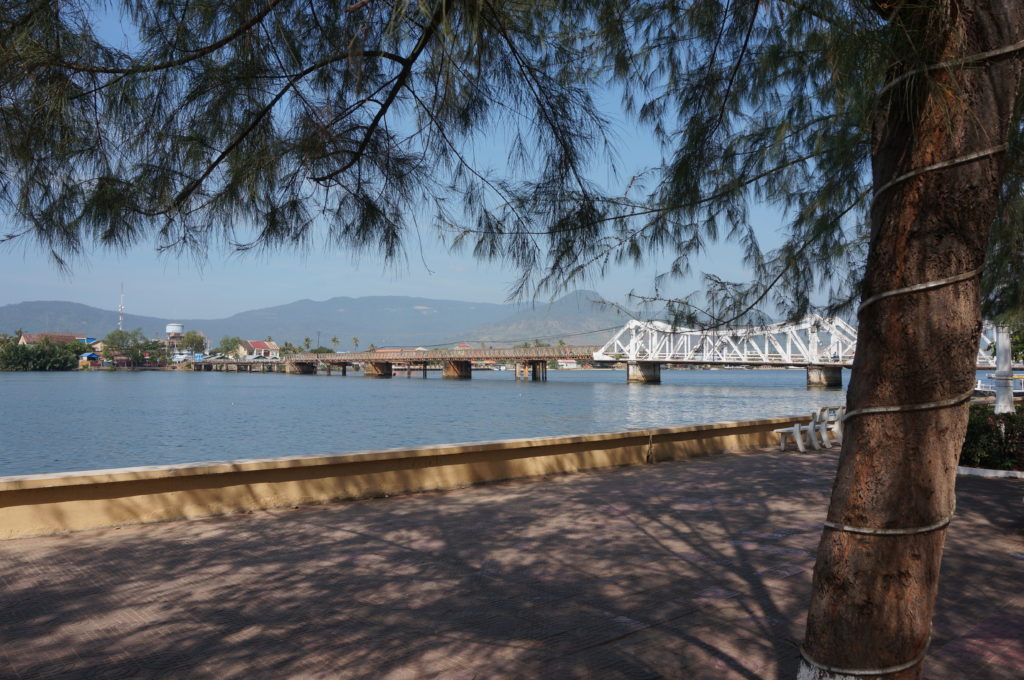
We also manage to enjoy a couple of tours while we were in Kampot, both arranged by the staff at Rikki Tikki. The first was a simple cruise down the river, including a stop to do some fishing. It was just the three of us on board the fisherman’s boat, and he spoke no English at all, so for the most part we just admired the scenery in silence. Braeden had never fished before, so he was thrilled to cast the rod and reel it in a few times. The fisherman caught a few fish on just hook and line while we were playing around with the fishing rods, and he beckoned for Braeden to try his hand at the line.
After a bit of pantomimed instruction, Braeden was soon rewarded with his first tiny fish, which he held up with a huge smile on his face.


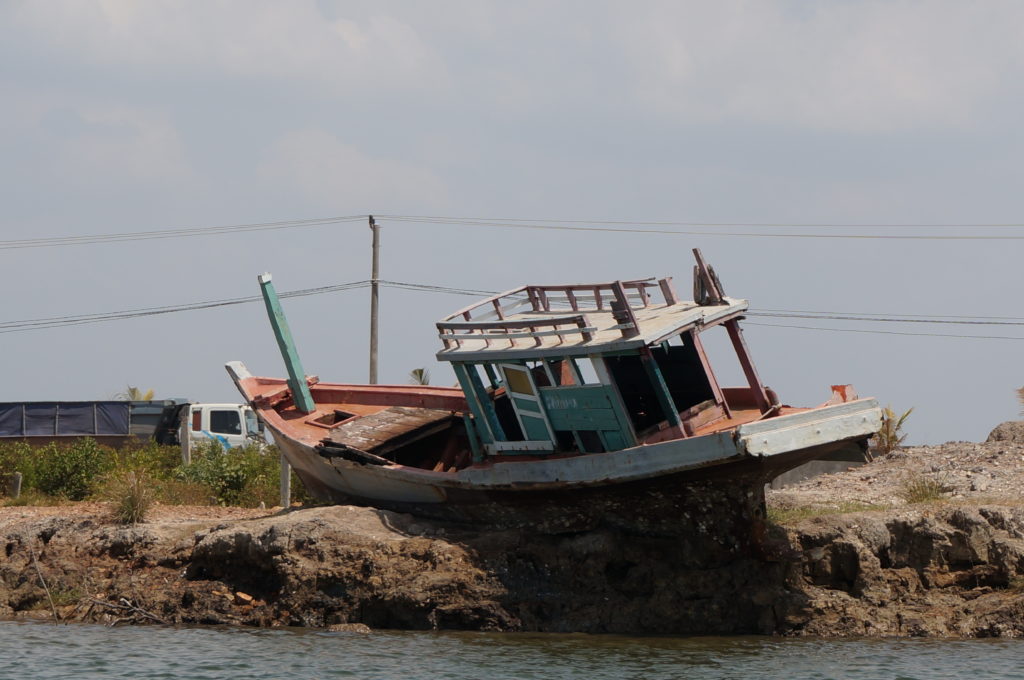

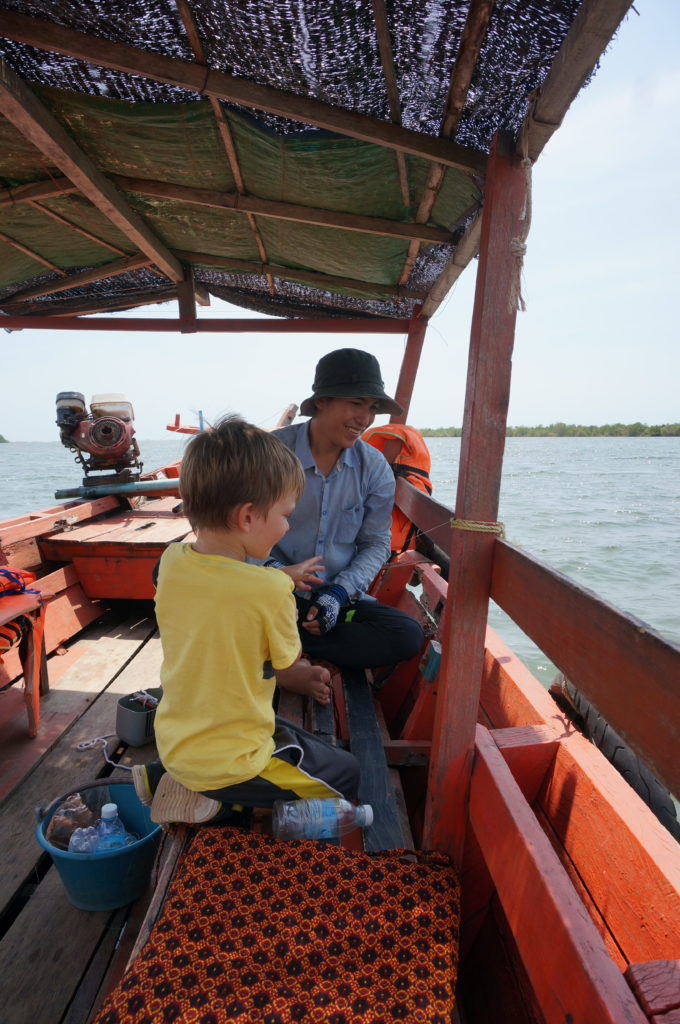

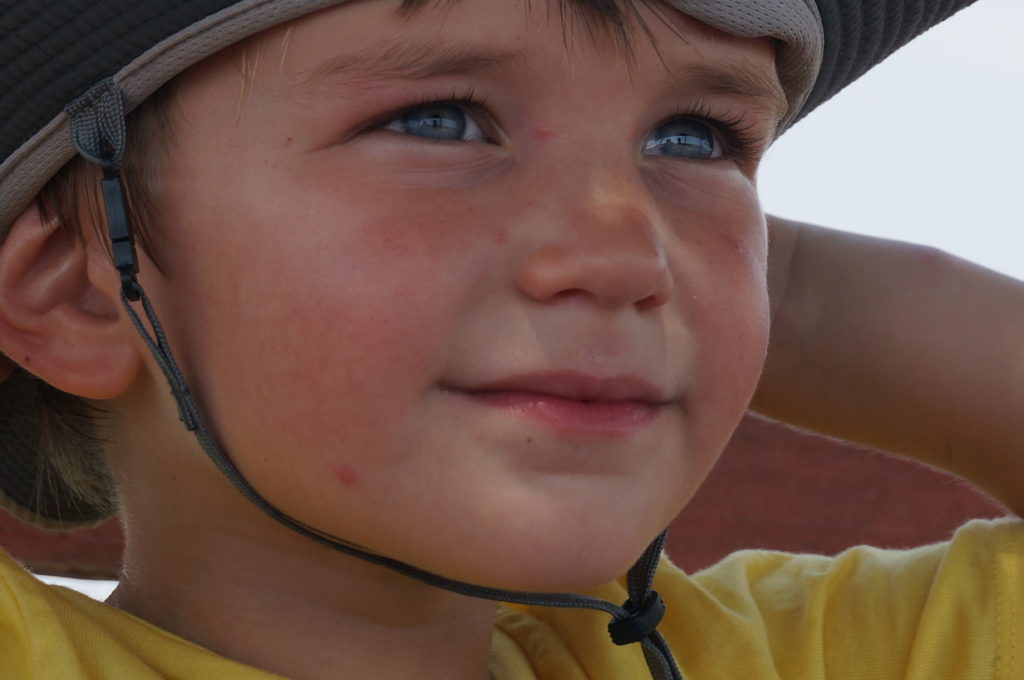
The second tour was a few days later. We took a half-day tuk-tuk trip to the salt fields, a pepper farm, and Kep, a little fishing village on the coast. Our driver was a warm and friendly fellow who spoke very good English, and our first stop, the salt fields, was far more interesting and picturesque than we thought it would be.



Next we drove about 20-30 minutes through the Cambodian countryside to La Plantation, a pepper farm that also served as a “pepper tasting room” and retail operation. The entire place was beautiful, well-staffed, and very smoothly run, and our tour and pepper tasting was fantastic.
I personally have never thought that much about pepper other than how much to toss in my eggs, but seeing how pepper is cultivated and harvested was a real treat. The peppercorns themselves were delicious, in particular the salted green peppers, which had an incredible briny, spicy flavor and popped in your mouth.
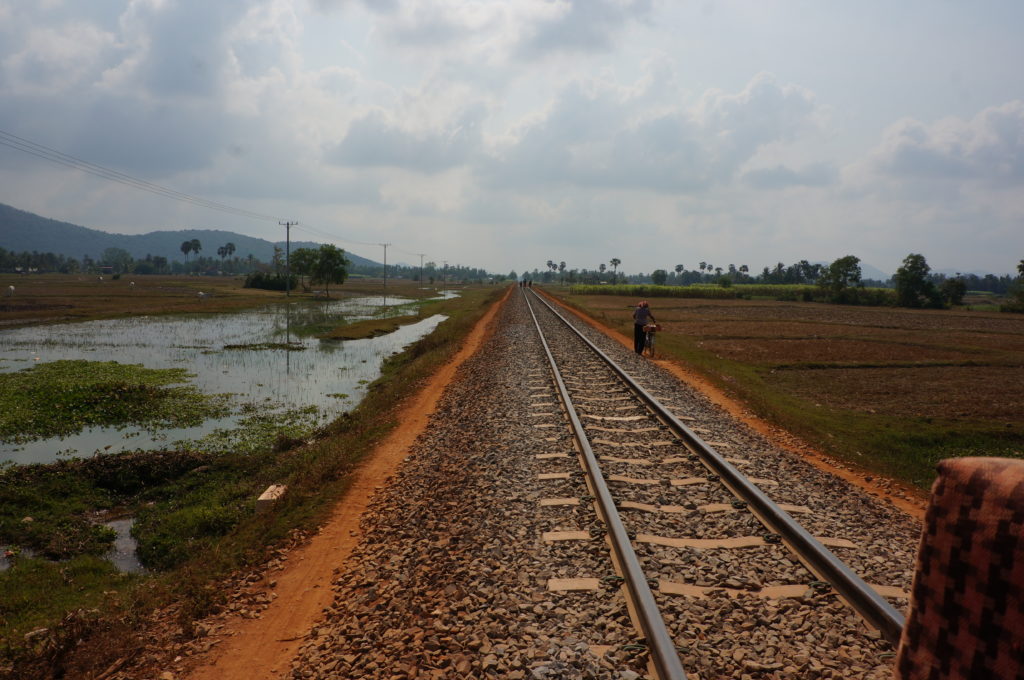
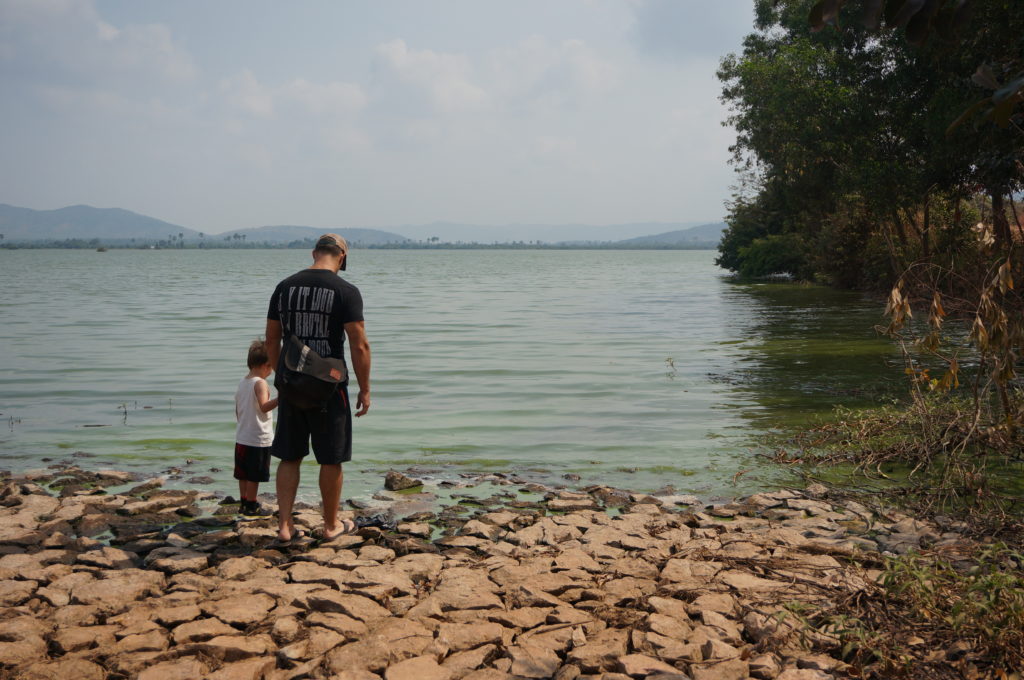
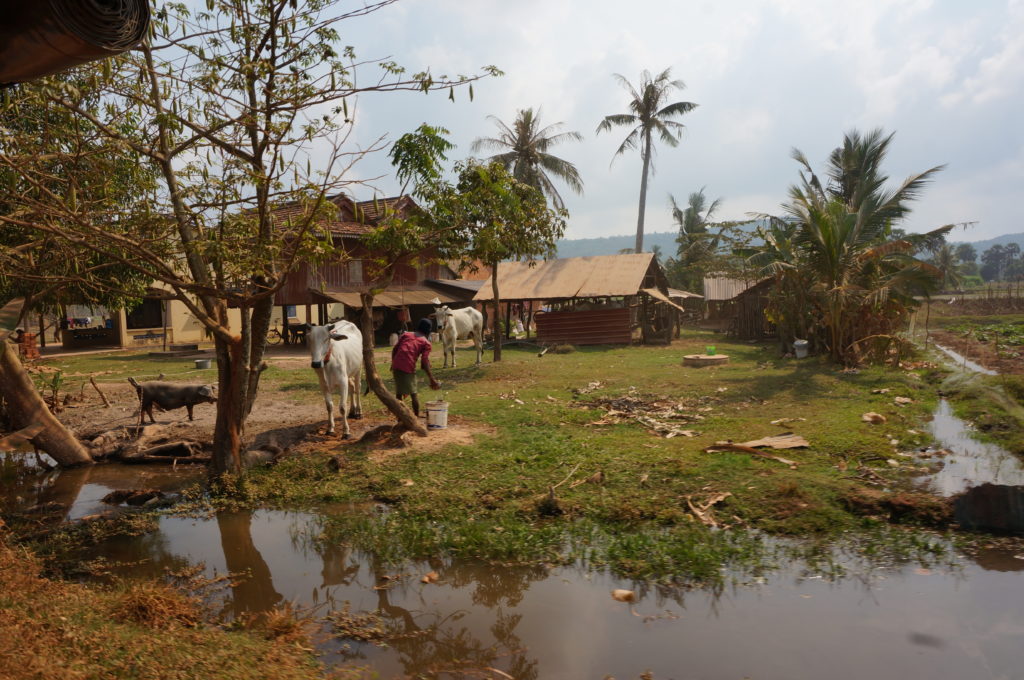
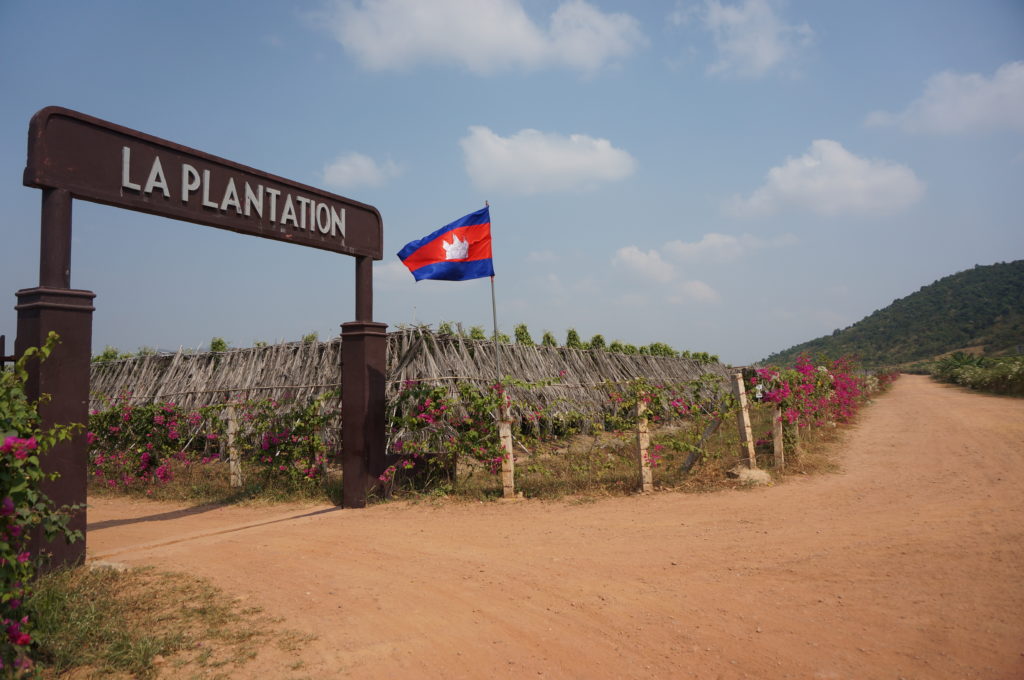

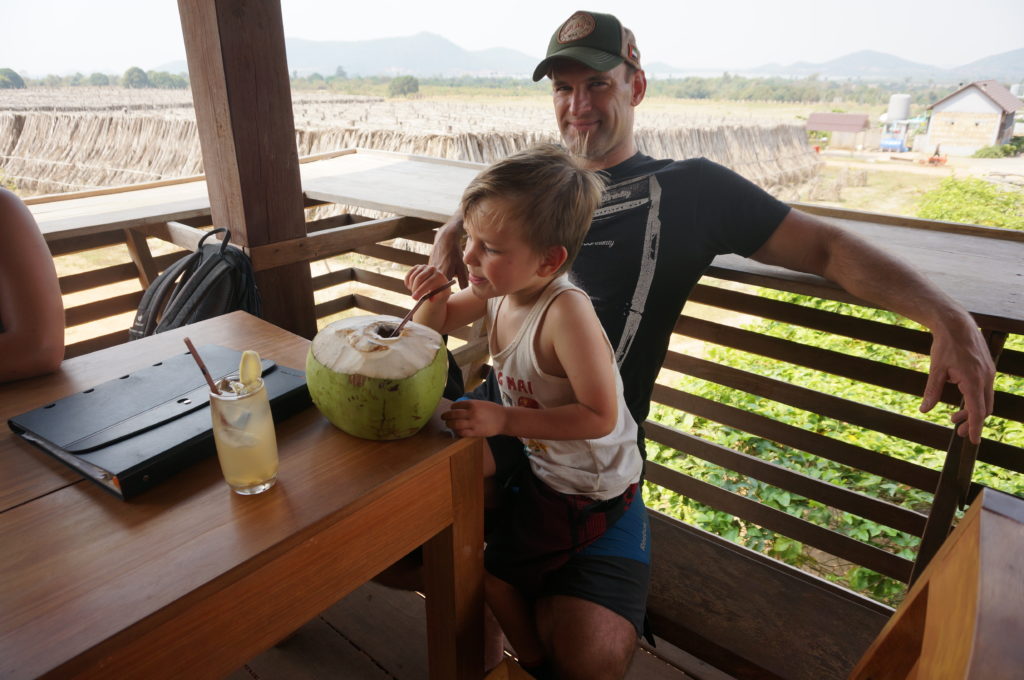
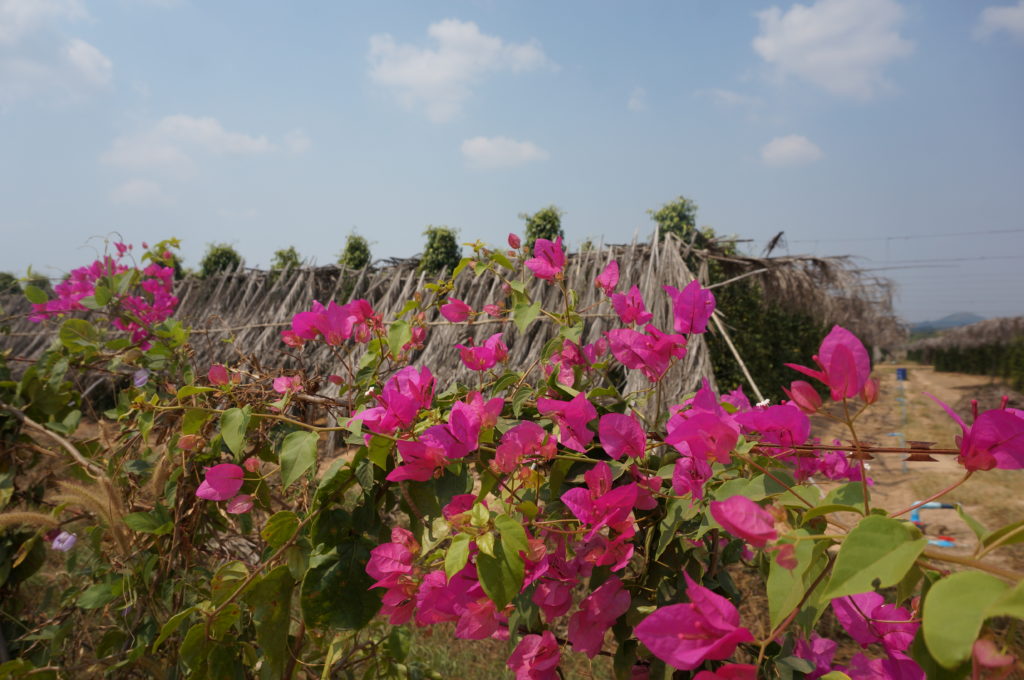
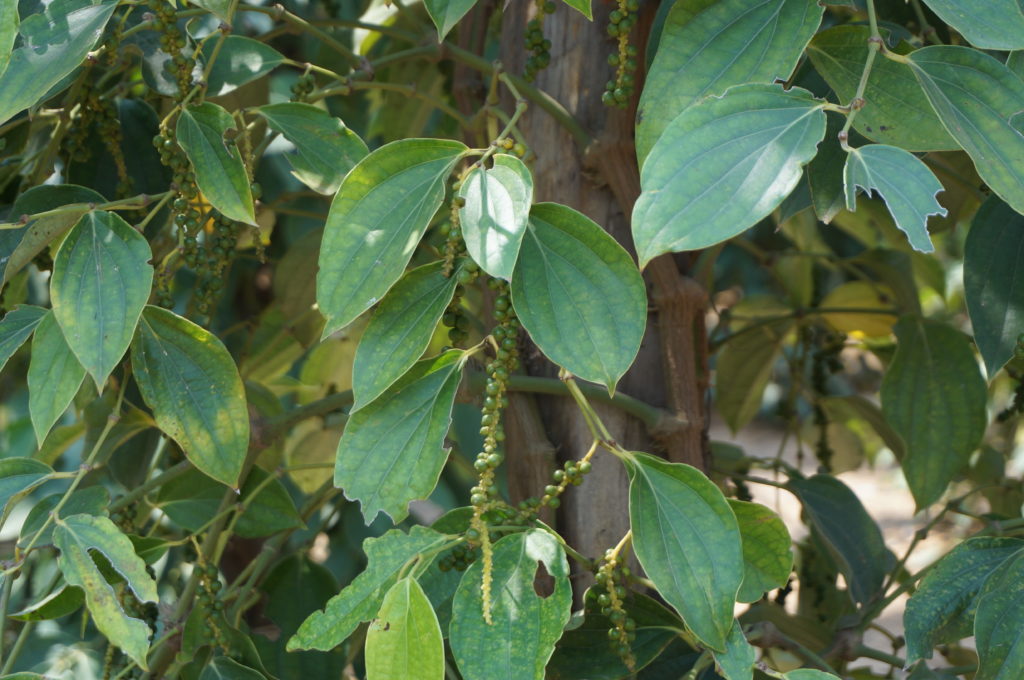

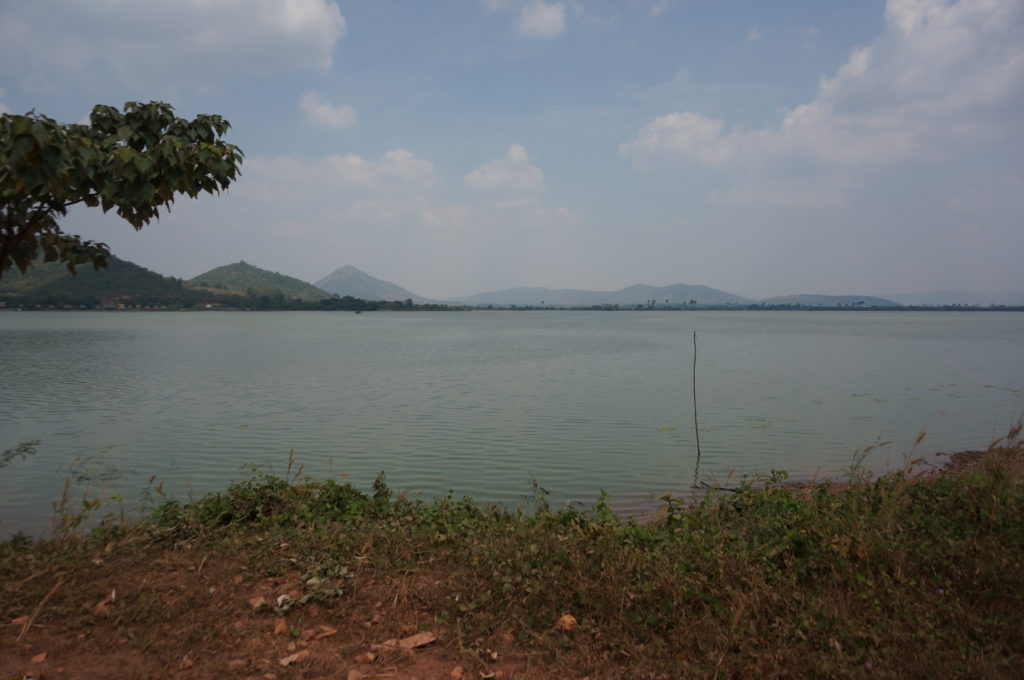
Our last stop was the tiny seaside town of Kep, known for it’s lovely beach and tasty crab dishes.
ffirst swung by the market, a large tented area by a seawall with a beautiful view of the Gulf of Thailand.
The freshest of seafood was available everywhere. Women with ropes in hand waited by the seawall for customers, who would place an order. The women would then haul up a crab pot, plunk it on the wall, and pluck the scrabbling crabs out of the pot and put them in a bag for the customer.
Buckets of live fish, squid, prawns, clams, etc, were lined up everywhere. Braziers, loaded with skewers of fresh seafood, filled the air with smoke.
There were other merchants as well, selling souvenirs, toys, sweets, and cold drinks, but the real draw was the seafood. Our driver had promised to take us to a good restaurant for lunch before we left Kep, so I resisted the urge to sample some of the tasty bites we saw.
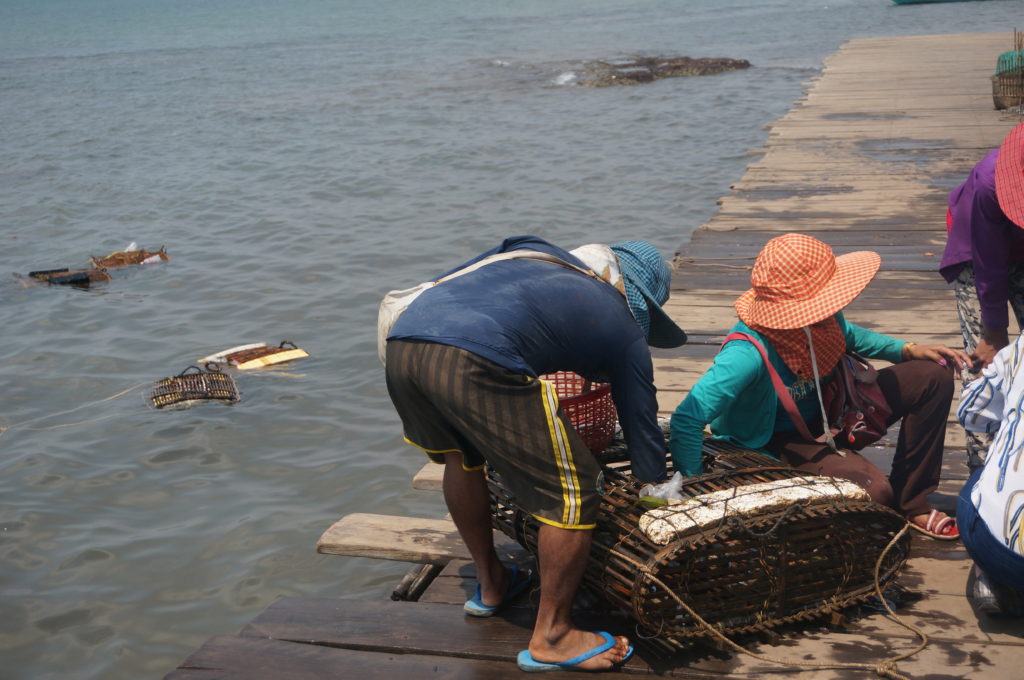
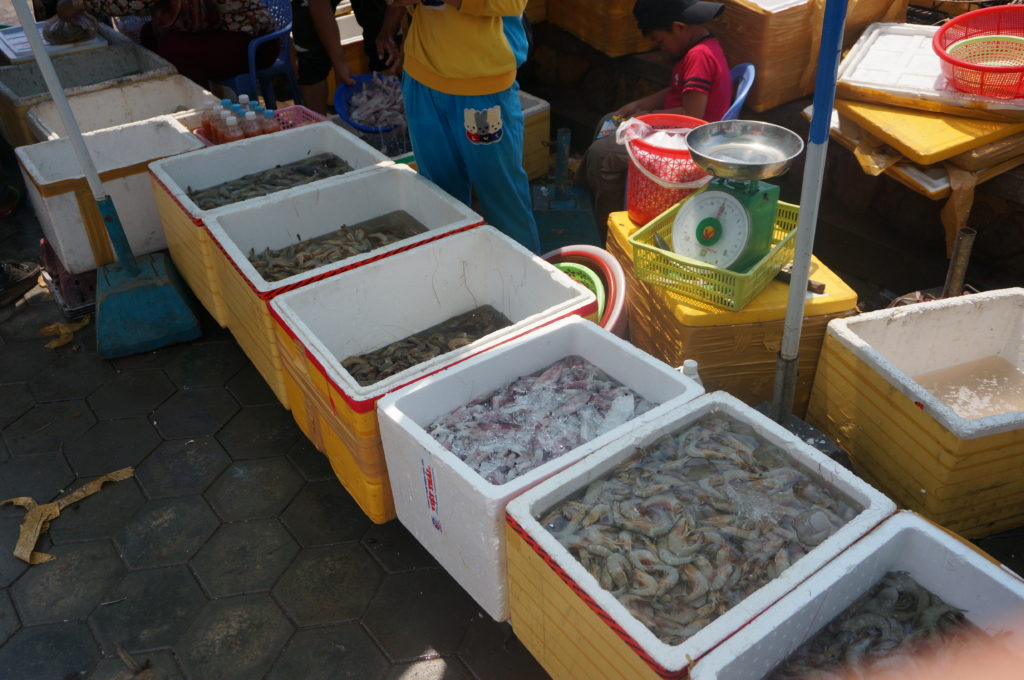
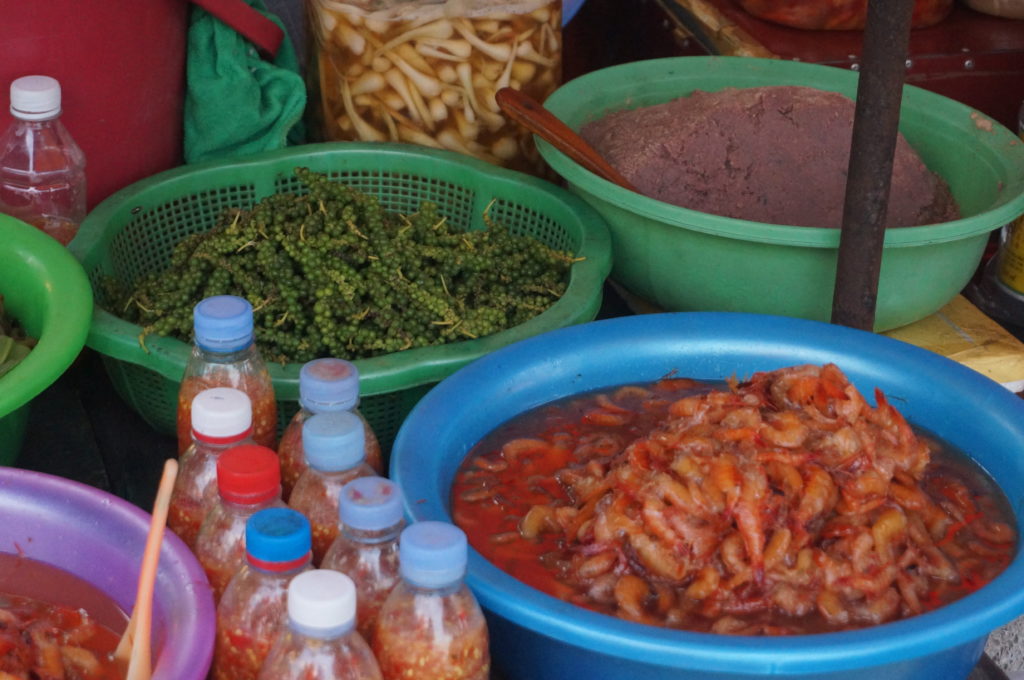
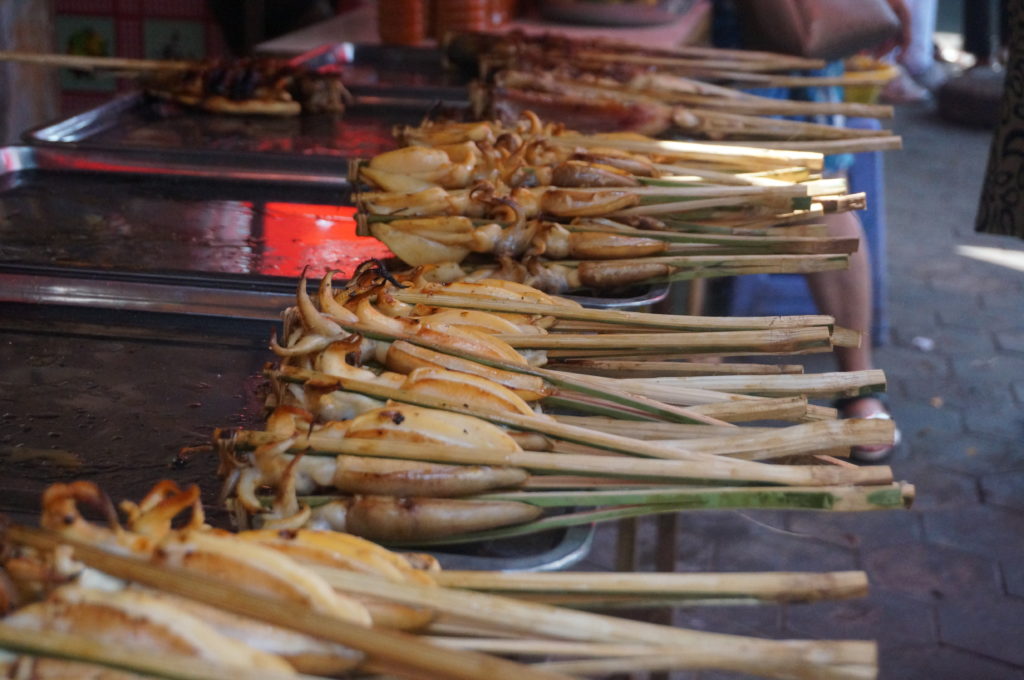
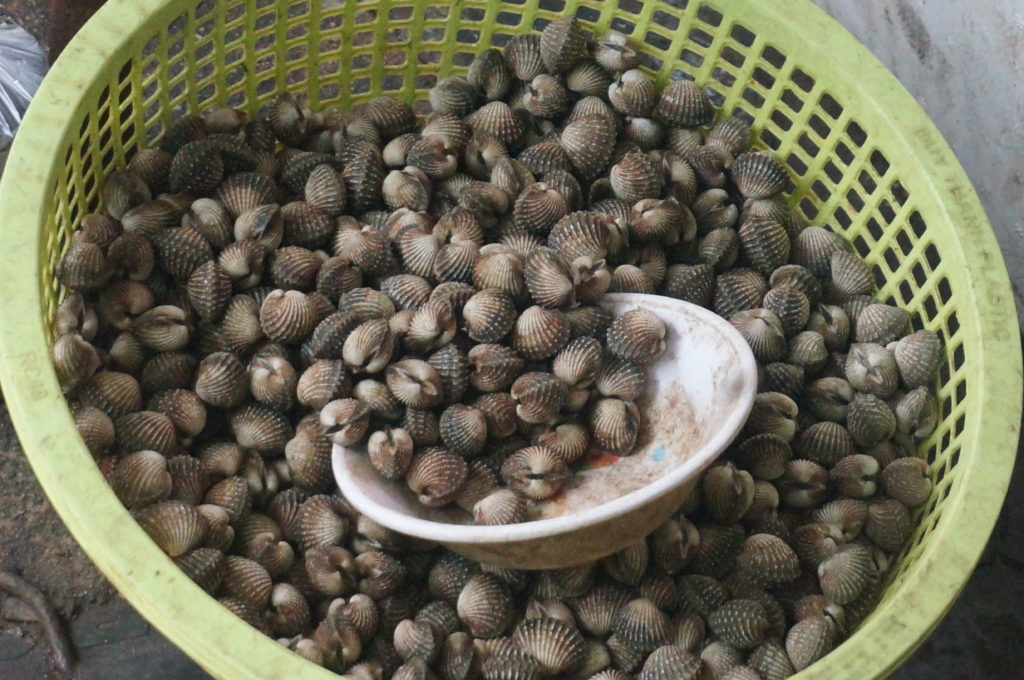
Our driver dropped us off at Kimly Restaurant, right on the water, and we ordered two plates of Kep crab with Kampot pepper (mine fried, Juliann’s grilled) and fried rice for Braeden.
The service wasn’t terribly friendly, but the food was outstanding. My stomach is rumbling now thinking about their fresh crab in tasty green pepper sauce.

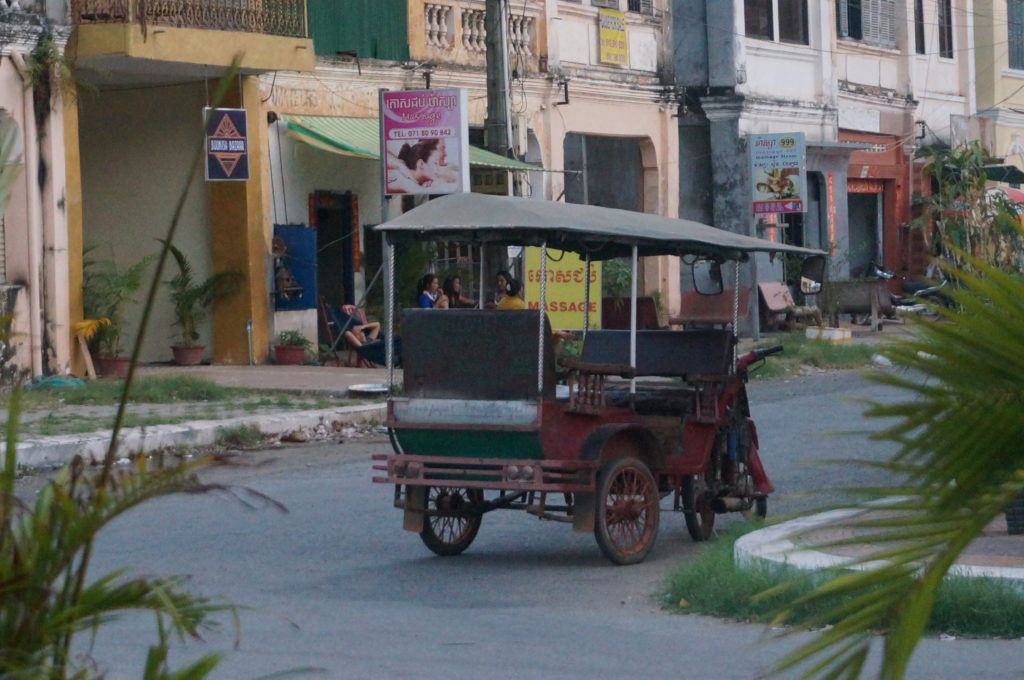
Kampot was a welcome refresher after a gritty week in Sihanoukville, and we would return any time just to visit the wonderful folks at Rikki Tikki Tavi. And tour the pepper farm. And eat crab in Kep.
You get the idea. It’s a little dot on the map that most people don’t know about, let alone visit, but it’s a wonderful place to laze away a few days and watch life go by.
Next up: Phnom Penh

